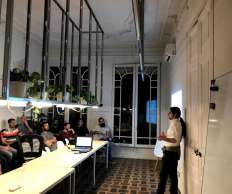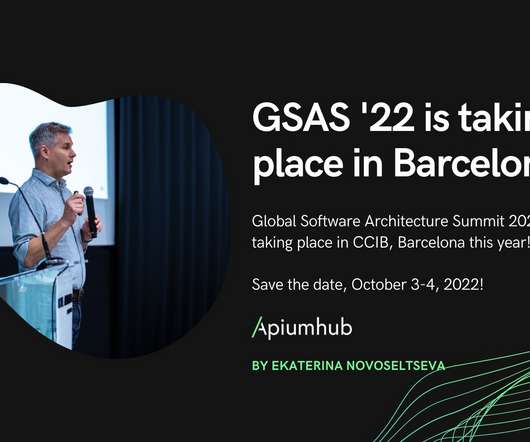SOA vs. EDA: Is Not Life Simply a Series of Events?
Confluent
MARCH 19, 2019
I will attempt to articulate in layman’s terms what an event-driven architecture (EDA) is and contrast it with service-oriented architecture (SOA). Philosophy aside and back to technology, this is ultimately a discussion about SOA vs. EDA, or in other words, API vs. events. Augmenting SOA with EDA can overcome these restrictions.
















Let's personalize your content